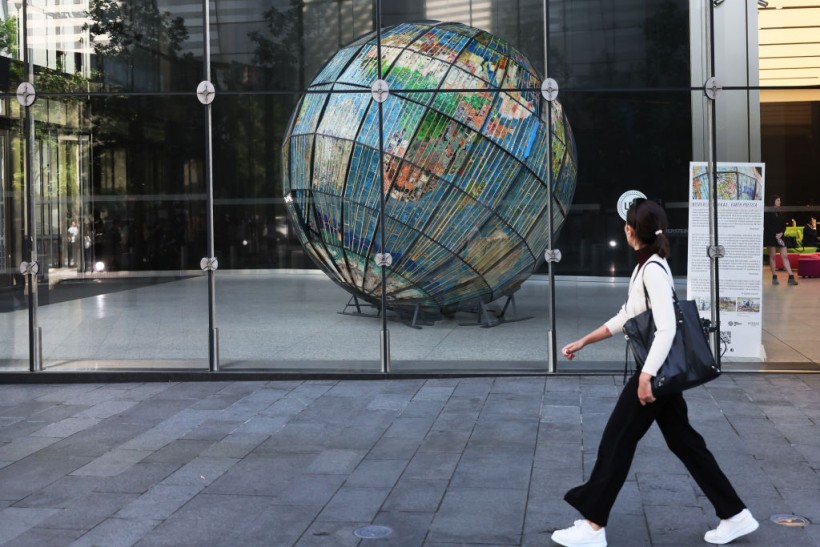A recent study has found that the Earth's life support systems have been damaged, which indicates that the planet is "well outside the safe operating space for humanity."

Experts said that six out of the nine "planetary boundaries" had been broken due to the pollution that was brought by human activities as well as the destruction of the natural world.
They defined planetary boundaries as the limits of key global systems, which include climate, water and wildlife diversity.
According to study, their ability to maintain a healthy planet has been at risk of failing.
Findings of the study
The study explained how six of the nine boundaries have been transgressed. These boundaries are critical for maintaining the stability and resilience of the Earth system as a whole.
It disclosed that the ocean acidification is close to being breached, while aerosol loading regionally has already exceeded the boundary.
Meanwhile, the stratospheric ozone levels have slightly recovered.
The transgression level has increased for all boundaries earlier identified as "overstepped."
The planetary boundary framework aims to delineate and quantify levels of anthropogenic perturbation that, if respected, would allow the planet to remain in a "Holocene-like" interglacial state.
Under this state, global environmental functions and life-support systems will remain similar to those that had been experienced over the past 10,000 years rather than changing into a state without analog in human history.
Experts said that the Holocene period, which began with the end of the last ice age and during which agriculture and modern civilizations had evolved, was characterized by relatively stable and warm planetary conditions.
However, the activities of humanity have brought Earth outside of the Holocene's window of environmental variability, giving rise to the proposed Anthropocene epoch.
Experts said that the zone of increasing risk of Earth system losing Holocene-like characteristics has been used to assess the status for transgressed boundaries rather than the "zone of uncertainty" because the demarcation of this zone is based on more than what is usually referred to as scientific uncertainty.
They explained that a large chunk of the recent research has provided a strong evidence, which supports the conclusion, that the climate change and biosphere integrity boundaries are in a zone of rapidly increasing and systemically linked risks.
The study has shown the rationale for using the precautionary principle to set the planetary boundaries at the lower end of the zone of increasing risk.
"There is accumulating evidence that the current level of boundary transgression has already taken Earth system beyond a 'safe' zone. However, we still lack a comprehensive, integrated theory, backed by observations and modeling studies, that can identify when a transition from a rising level of risk to one with very high and dangerous risks of losing a Holocene-like Earth system state may occur," the study indicated.
Read Also: Wobbly Planet: Earth's Surface Acted Like Liquid Upon Impact With Dinosaur-Killing Asteroid
Climate change
According to the research, climate change control variables and boundary levels are retained.
It was found that the most important drivers of anthropogenic impacts on Earth's energy budget are the emission of greenhouse gases and aerosols as well as the surface albedo changes.
The experts pointed out that if humanity wants to have security, prosperity and equity on Earth, there is a need to come back towards the safe space and it could be done by phasing out fossil fuel burning and ending destructive farming.
Unfortunately, that progress cannot be seen at present.
Scientists have said that more information was needed to deepen the understanding of the current situation, including further research on how the passing of planetary boundaries interact with each other.
They said the Earth's systems have been pushed into disequilibrium and, as a result, the ultimate global environmental conditions have remained uncertain.
Related Article: Second Earth? Kepler Catalogs Exoplanets That Could Be Similar to Earth
Related Video:
© 2024 NatureWorldNews.com All rights reserved. Do not reproduce without permission.





